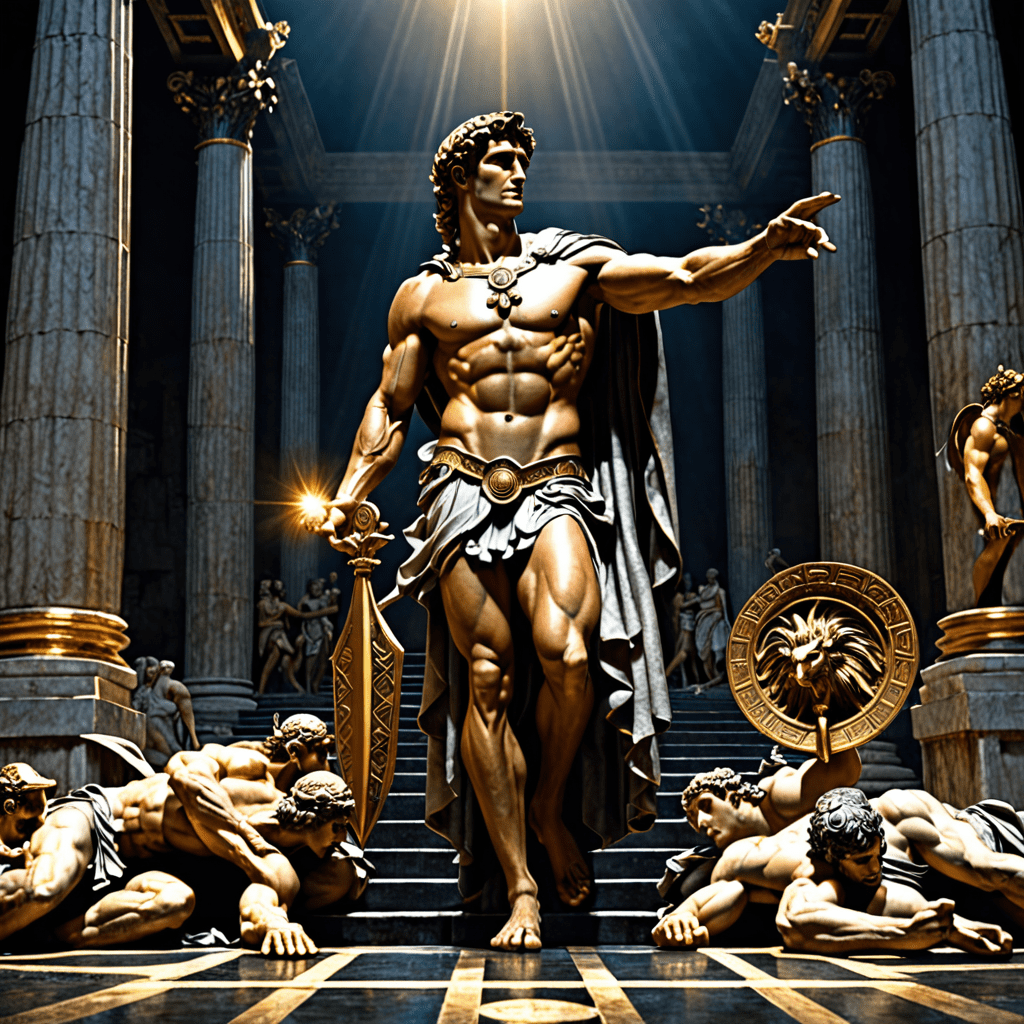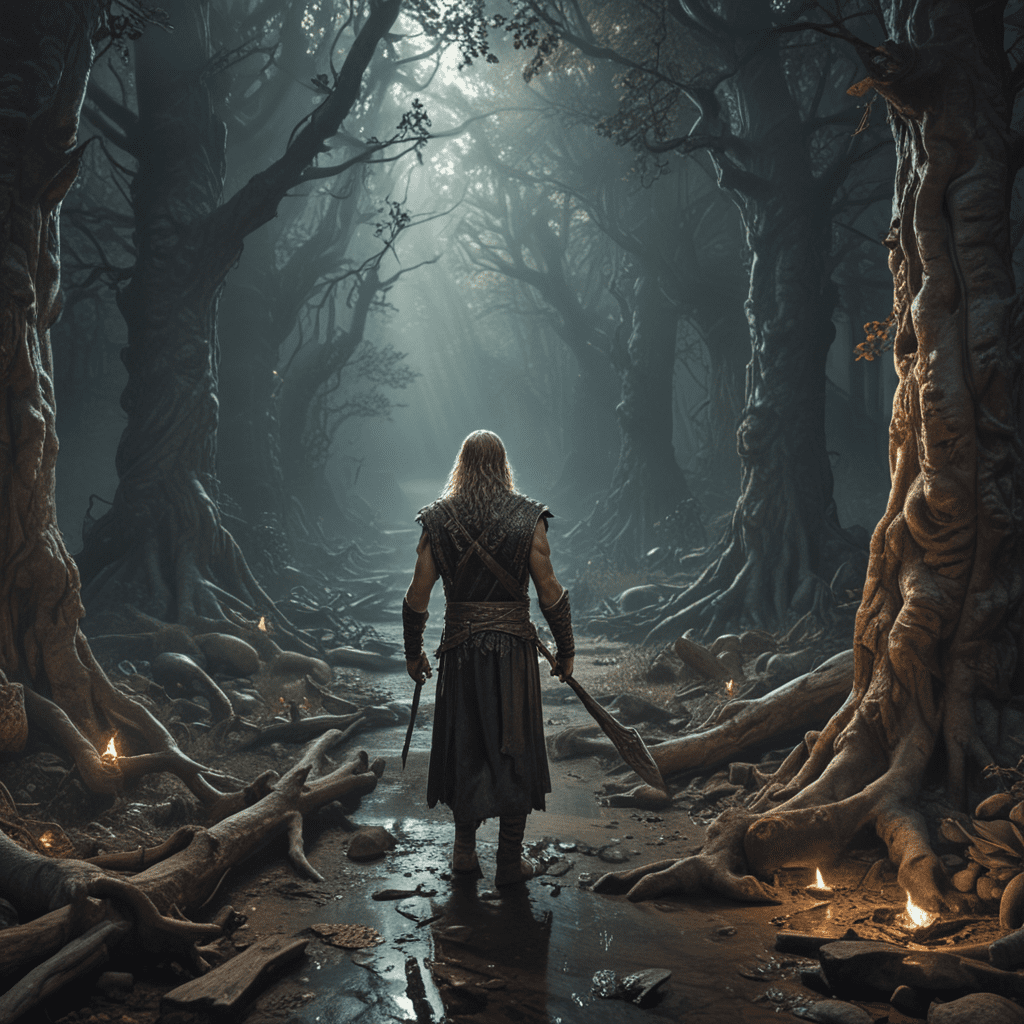The Symbolism of the Ankh in Egyptian Mythology
The Ankh, also known as the key of life or the key of the Nile, is an ancient Egyptian symbol that holds profound significance in Egyptian mythology and culture. Let’s explore the symbolism and meaning attributed to this iconic symbol.
1. Origin and Appearance of the Ankh
The Ankh symbol resembles a cross with a looped top and is often depicted in the hands of various Egyptian deities in ancient art and hieroglyphs. It is believed to represent eternal life and both material and spiritual abundance.
2. Symbolism of the Ankh in Egyptian Beliefs
In Egyptian mythology, the Ankh symbolizes life, immortality, and the cosmic power of the eternal. It is associated with the concept of regeneration and is believed to bring about blessings and protection in both the physical and spiritual realms.
3. Use of the Ankh in Religious Practices
Ancient Egyptians commonly used the Ankh in religious ceremonies and rituals. It was often carried by deities as a symbol of their ability to grant life and sustain prosperity. The symbol was also believed to ward off evil and bring good fortune.
4. Modern Interpretations and Popularity
Today, the Ankh continues to be a prominent symbol in popular culture and spiritual practices. It is often worn as jewelry or used as a decorative motif, symbolizing not only the ancient Egyptian beliefs in eternal life but also encompassing concepts of balance, health, and well-being.
FAQs about the Symbolism of the Ankh in Egyptian Mythology
What is the Ankh in Egyptian Mythology?
The Ankh is an ancient Egyptian symbol representing life, immortality, and eternity. It resembles a cross with a looped top and is often depicted in the hands of gods and pharaohs in hieroglyphics and art.
What does the Ankh symbolize?
The Ankh symbolizes the key of life, embodying the belief in eternal life and regeneration after death in Egyptian mythology. It is also associated with divine power and protection in both the earthly and afterlife realms.
Which deities are often depicted holding the Ankh?
Several Egyptian deities are frequently shown holding the Ankh, including Isis, Osiris, and Anubis. Isis, the goddess of life and magic, is often depicted with an Ankh in one hand and a scepter in the other, symbolizing her dominion over life and death.
How was the Ankh used in ancient Egyptian rituals?
The Ankh was utilized in rituals to bless offerings, temples, and ceremonies, symbolizing the eternal life granted by the gods. It was often held close to the nose of a deceased person to allow them to breathe in the “breath of life” in preparation for the afterlife.


